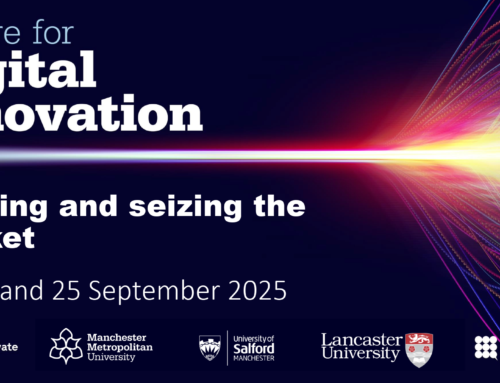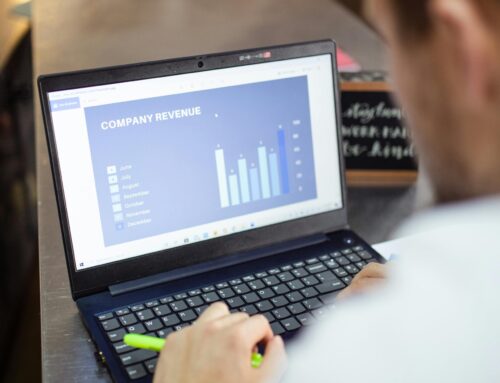What is AGI?
Why businesses should pay attention to the next big leap in AI
Author: Jayasree Varadarajan| AI Technical Analyst Lead| Centre for Digital Innovation| Manchester Metropolitan University
As someone who works closely with business teams to design and test AI-driven solutions, I often get asked about what’s coming next in artificial intelligence. Right now, we use AI to help with specific tasks, like analysing data, answering customer queries, or making predictions. But what if there were a type of AI that could think and learn more like a human, and could do many different tasks across different industries?
That’s the idea behind AGI, or Artificial General Intelligence.
In this article, I’ll explain what AGI means, how it’s different from the AI we use today, and why it’s important for businesses, even though it’s not here yet.
What is AGI?
AGI stands for Artificial General Intelligence. It’s a term used to describe an advanced form of AI that can understand, learn, and apply knowledge across a wide range of tasks, just like a human being.
Today’s AI is narrow; it’s trained to do one job well. For example:
- A chatbot can help with customer service.
- A fraud detection system can flag suspicious transactions.
- A voice assistant can follow voice commands.
But these AIs can’t switch roles or solve problems outside their training.
AGI would be different. It would be able to:
- Learn a new skill without being reprogrammed.
- Understand context and adapt to different situations.
- Solve unfamiliar problems using common sense.
Imagine an AI that could help you plan your budget, write your emails, coach your sales team, and even recommend a new business strategy – all in one system.
Why should businesses care about AGI?
While AGI is still being researched and hasn’t been built yet, it’s important for businesses to start understanding its potential. Here’s why:
- It could redefine how we work. AGI could handle a wide range of tasks, freeing up teams to focus on creative, strategic, or people-focused work. It could become a true digital partner, not just a tool.
- It might combine departments. Instead of using separate tools for HR, marketing, and operations, AGI could connect the dots and provide intelligent support across all areas, like a super assistant with broad knowledge.
- It will create new roles and responsibilities. Just as today’s AI created jobs like data analysts and AI trainers, AGI will also bring new opportunities. Leaders and employees need to be ready to adapt.
How is AGI different from today’s AI?
| Feature | Today’s AI (narrow AI) | Future AGI |
|---|---|---|
| Learn new tasks | No, needs to be trained | Yes, can learn like humans |
| Works across different jobs | No, specific to one task | Yes, general purpose |
| Understands context | Limited | Strong understanding |
What are the challenges?
AGI sounds exciting, but there are challenges to be aware of:
- It’s not ready yet. Scientists are still figuring out how to build it.
- It needs to be safe and trustworthy. We must ensure AGI makes ethical and fair decisions.
- It could be costly. Powerful systems often require a lot of resources.
- It should be transparent. Businesses and users will need to understand how AGI makes decisions.
What can businesses do now?
Even though AGI is in the future, there are steps you can take today:
- Explore smarter AI tools that combine more than one skill (e.g. AI that analyses data and provides recommendations).
- Encourage cross-functional thinking—start breaking silos between departments with integrated data and digital workflows.
- Build AI awareness in your teams. Make sure people understand how AI works and how it can help them.
- Plan for responsible AI use. Set up guidelines that ensure fairness, privacy, and human oversight.
Summary
AGI may still be in the lab, but it’s influencing how we think about the future of work, automation, and intelligence. For business leaders and teams like mine that build AI solutions, AGI represents a north star – something to guide how we create tools that are not only smart but also adaptable, ethical, and human-focused.
We are not just building technology for today; we are laying the foundation for the future.




